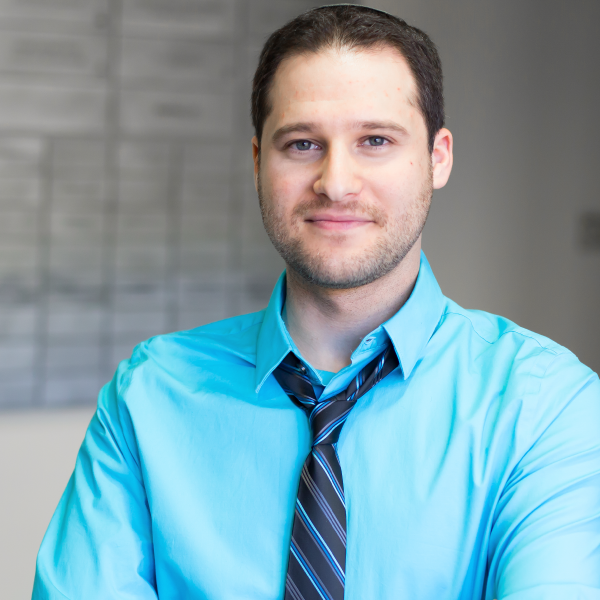Walking in God’s Paths

Walking at our own pace creates an unadulterated feedback loop between the rhythm of our bodies and our mental state that we cannot experience as easily when we’re jogging at the gym, steering a car, biking, or during any other kind of locomotion. . . . When we choose a path through a city or forest, our brain must survey the surrounding environment, construct a mental map of the world, settle on a way forward, and translate that plan into a series of footsteps.
—Ferris Jabr, “Why Walking Helps Us Think,” The New Yorker (September 2014)
Three times in Parashat Eikev, we are instructed to walk in God’s paths (Deut. 8:6, 10:12, 11:22). The context clearly indicates the meaning of the phrase: the Torah is telling us to observe its laws. In fact, the same root as the verb walk, ה.ל.כ, is found in halakhah (הלכה), Jewish law. Perhaps, then, walking can teach us something about what following Jewish law might look like.
It is tempting to characterize following a set of laws as giving up on making decisions, but the process of translating a written code—or a route on a map—into practice is full of questions, judgment calls, and discoveries. When an able-bodied person walks, they act instinctually, yet they make decisions at every step, finding a pace of synchronization with our environment.

The author walking at Coire Gabhail, Scotland
(credit: Ashira Konigsburg)
Walking is at the very nexus of our intellectual and physical worlds: we coordinate our minds, our bodies, and the external world so as to follow—and realize—our determined path. Rabbi Shmuel Lewis, former rosh yeshiva of the Conservative Yeshiva once described a life of halakhah as one where every moment requires us to ask ourselves what to do next. As our parashah might put it, where should I now step so as to walk in God’s path?



